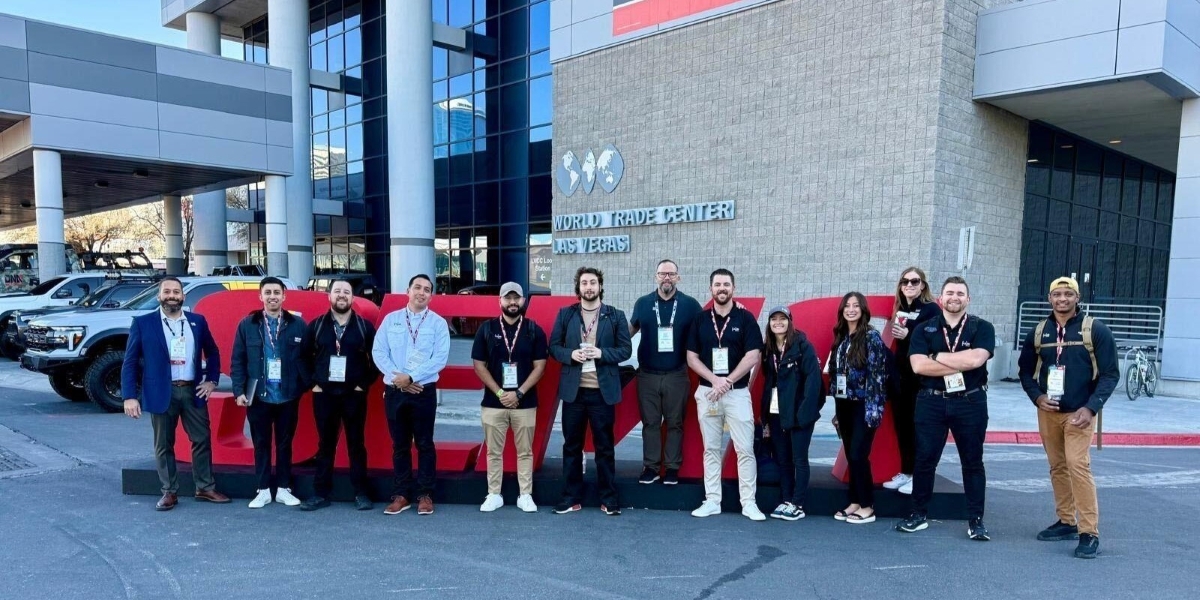How Does Neurodiversity Challenge the Way We View the Human Mind?
The concept of neurodiversity has grown from a niche discussion into a global movement. It encourages us to rethink how we define and perceive neurological differences. Rather than viewing conditions such as autism, ADHD, dyslexia, and others as disorders to be fixed, neurodiversity advocates for understanding these variations as natural and valuable aspects of human diversity. But how does this movement reshape our understanding of the human mind and behavior?
By embracing neurodiversity, society moves toward a more inclusive approach, recognizing that neurological differences offer unique perspectives and strengths. Whether it’s creative problem-solving, heightened focus on specific interests, or innovative thinking, these traits enrich the human experience. The journey toward acceptance, however, requires dismantling long-standing stigmas and fostering greater awareness.
Why Is Neurodiversity Gaining Momentum Across the Globe?
As awareness of neurological differences grows, so does the recognition of the barriers faced by neurodivergent individuals. From challenges in educational settings to biases in the workplace, traditional systems often fail to accommodate diverse needs. The neurodiversity movement seeks to address these shortcomings, advocating for equity and inclusivity.
Advancements in neuroscience and psychology have also fueled this momentum. Studies reveal that differences in brain structure and function contribute to the diverse ways people learn, communicate, and solve problems. These insights underscore the importance of embracing diversity in thought and experience rather than conforming to a rigid norm.
The rise of social media platforms has amplified neurodivergent voices. Personal stories, shared widely online, highlight both the struggles and successes of those with neurological differences. This visibility fosters understanding and encourages collective action to reduce stigma.
What Role Does Acceptance Play in the Neurodiversity Movement?
Acceptance lies at the heart of the neurodiversity movement. It involves shifting away from efforts to “normalize” individuals and instead valuing their differences. Schools, workplaces, and communities are beginning to implement inclusive policies that recognize the unique contributions of neurodivergent individuals.
In education, for example, tailored approaches to teaching enable students with ADHD or dyslexia to thrive. By accommodating their needs, educators not only enhance academic outcomes but also boost confidence and self-esteem. Similarly, in the workplace, companies adopting neurodiversity hiring initiatives often find that diverse teams are more innovative and effective.
Acceptance goes beyond policy changes. It requires fostering an environment where neurodivergent individuals feel seen, heard, and valued. By listening to their experiences and perspectives, society can dismantle stereotypes and build genuine inclusivity.
How Can Society Support Neurodiversity for a More Inclusive Future?
Creating a neurodiverse-friendly society demands a collective effort. Advocacy, education, and open conversations are key to dismantling misconceptions about neurological differences. Parents, educators, and employers all play pivotal roles in fostering understanding and empathy.
Educational reform is critical. Schools that emphasize flexible learning approaches and personalized support empower neurodivergent students to reach their full potential. Beyond academics, promoting emotional intelligence and social skills helps build more inclusive communities.
In workplaces, inclusive hiring practices and accessible environments ensure that neurodivergent individuals can contribute meaningfully. Recognizing the value of diverse perspectives transforms not only organizations but also societal norms.
Amplifying the voices of neurodivergent individuals ensures that the movement remains authentic and impactful. Their stories and insights remind us that diversity, in all its forms, is a strength.








